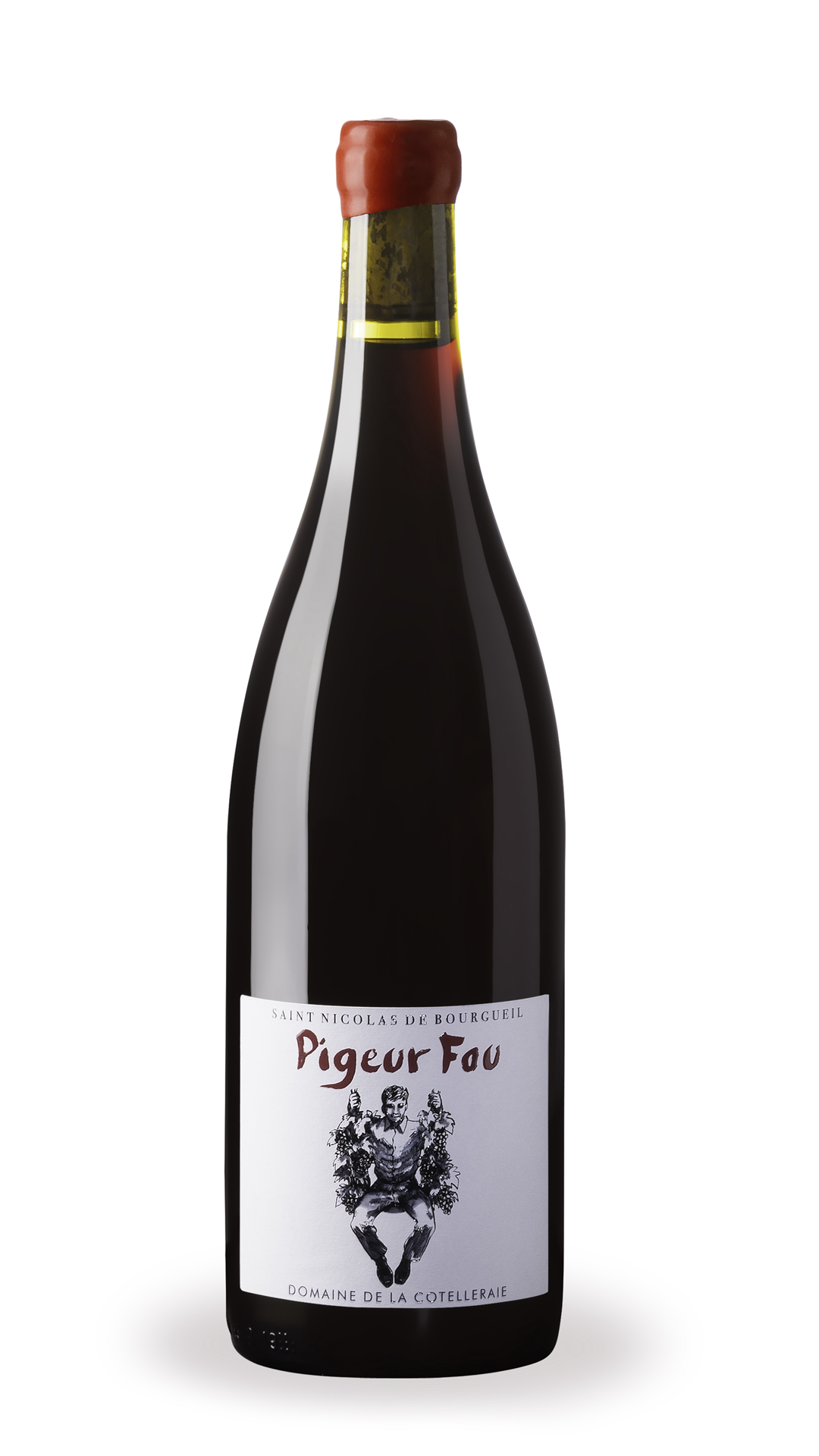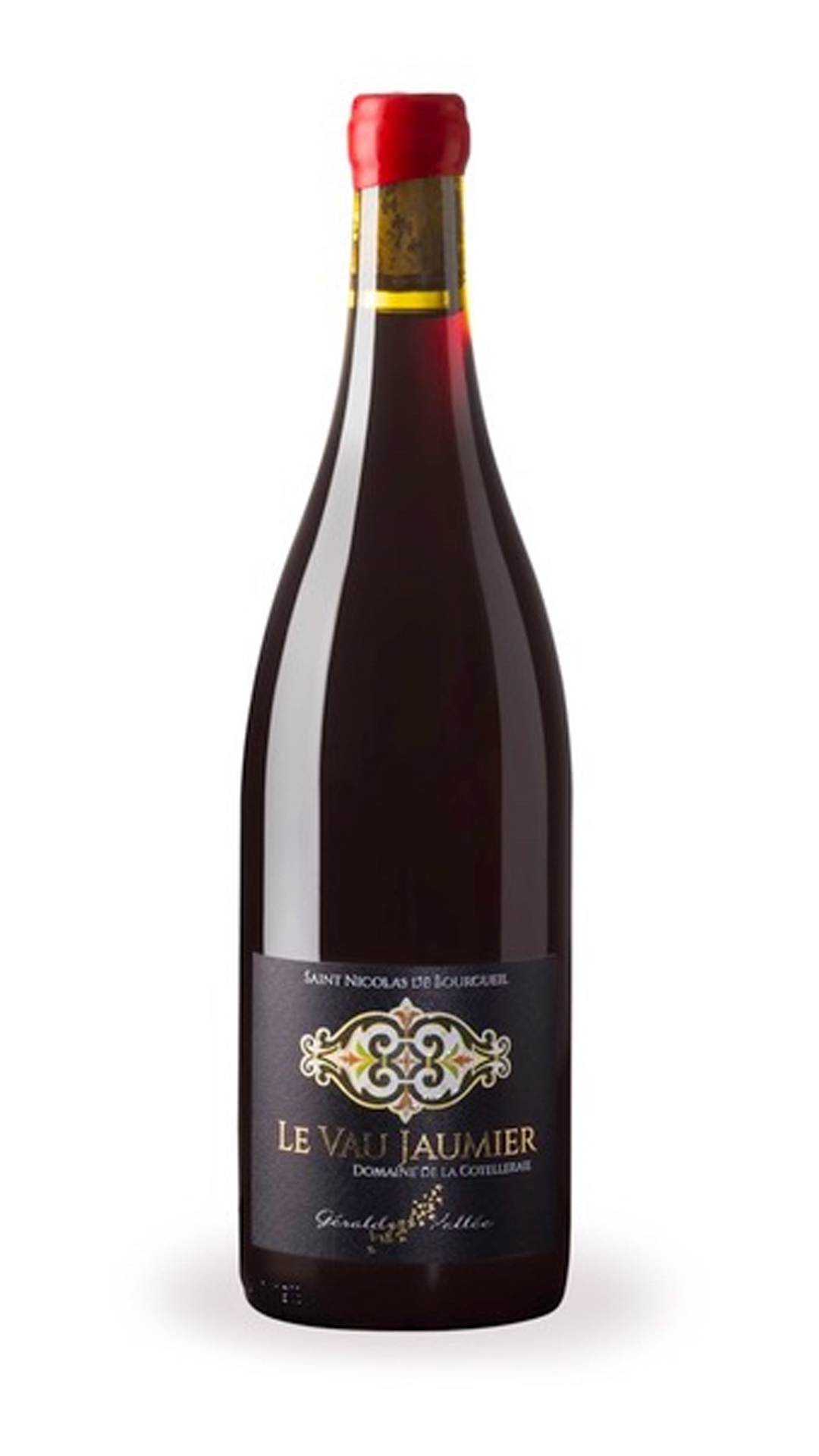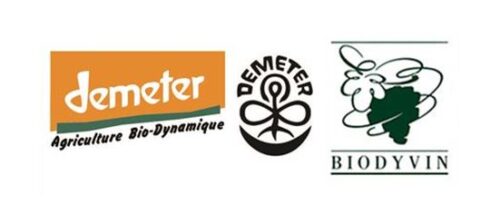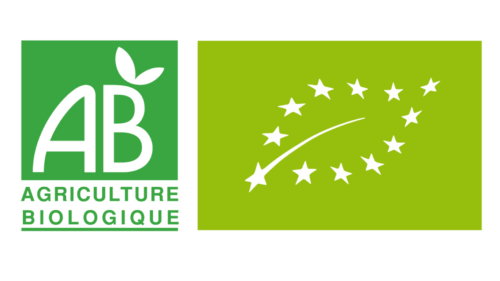Saint Nicolas de Bourgeuil
Saint-Nicolas-de-Bourgueil, is an esteemed French wine Appellation d’Origine Contrôlée (AOC) situated in the scenic Loire Valley on the right bank of the Loire River. Established in 1937, this AOC covers about 800 hectares in the commune of Saint-Nicolas-de-Bourgueil.
Known for producing both red and rosé wines, with rosés comprising around 2% of the total production, Saint-Nicolas-de-Bourgueil shines with its primary grape variety, Cabernet Franc (locally known as Breton), complemented by up to 10% Cabernet Sauvignon.
According to local legend, Cabernet Franc made its way to Saint-Nicolas-de-Bourgueil from the nearby Abbey of Bourgueil. With a viticultural history dating back to Roman times, the region gained recognition for its red wine quality in the Middle Ages. In 1937, the commune successfully secured a separate AOC designation, distinct from Bourgueil, leading to aligned regulations over time.
Situated on the north “right bank” of the Loire River, Saint-Nicolas-de-Bourgueil experiences a maritime climate influenced by the Atlantic, tempered by continental elements. The AOC falls within Bourgueil’s boundaries, sharing similar vineyard soils with a slightly higher sand/limestone content known as Varennes. Approximately one-third of the vineyards are planted on Turonian chalk.
Cabernet Franc dominates as the main red grape, accompanied by an increasing presence of Cabernet Sauvignon. Vineyards are densely planted, with 5000 grapevines per hectare. Winemaking involves destemming, crushing, short maceration, pressing, and barrel ageing, often incorporating malolactic fermentation.
Saint-Nicolas-de-Bourgueil wines are celebrated for a distinctive raspberry aroma, slightly more austere than Chinon, with noticeable acidity and finesse. Aged gracefully, these wines bear the AOC designation with adherence to harvest yield limits, Cabernet Franc prominence, and a minimum 9.5% alcohol by volume.
Discover the finesse and legacy of Saint-Nicolas-de-Bourgueil wines, a delightful contribution to the Loire Valley’s winemaking heritage.
Sort
All wines
Region
Grape
Style
Appellation
Farming
Winemaking

Domaine De La Cotellerai, Le Pigeur Fou 2022, St Nicolas de Bourgueil
From £18.50 per bottle Per mix of six
Domaine De La Cotellerai, Le Vau Jaumier 2020, St Nicolas de Bourgueil
From £20.90 per bottle Per mix of six
Domaine De La Cotellerai, Le Vau Jaumier 2022, St Nicolas de Bourgueil
From £21.57 per bottle Per mix of sixSaint-Nicolas-de-Bourgueil, is an esteemed French wine Appellation d’Origine Contrôlée (AOC) situated in the scenic Loire Valley on the right bank of the Loire River. Established in 1937, this AOC covers about 800 hectares in the commune of Saint-Nicolas-de-Bourgueil.
Known for producing both red and rosé wines, with rosés comprising around 2% of the total production, Saint-Nicolas-de-Bourgueil shines with its primary grape variety, Cabernet Franc (locally known as Breton), complemented by up to 10% Cabernet Sauvignon.
According to local legend, Cabernet Franc made its way to Saint-Nicolas-de-Bourgueil from the nearby Abbey of Bourgueil. With a viticultural history dating back to Roman times, the region gained recognition for its red wine quality in the Middle Ages. In 1937, the commune successfully secured a separate AOC designation, distinct from Bourgueil, leading to aligned regulations over time.
Situated on the north “right bank” of the Loire River, Saint-Nicolas-de-Bourgueil experiences a maritime climate influenced by the Atlantic, tempered by continental elements. The AOC falls within Bourgueil’s boundaries, sharing similar vineyard soils with a slightly higher sand/limestone content known as Varennes. Approximately one-third of the vineyards are planted on Turonian chalk.
Cabernet Franc dominates as the main red grape, accompanied by an increasing presence of Cabernet Sauvignon. Vineyards are densely planted, with 5000 grapevines per hectare. Winemaking involves destemming, crushing, short maceration, pressing, and barrel ageing, often incorporating malolactic fermentation.
Saint-Nicolas-de-Bourgueil wines are celebrated for a distinctive raspberry aroma, slightly more austere than Chinon, with noticeable acidity and finesse. Aged gracefully, these wines bear the AOC designation with adherence to harvest yield limits, Cabernet Franc prominence, and a minimum 9.5% alcohol by volume.
Discover the finesse and legacy of Saint-Nicolas-de-Bourgueil wines, a delightful contribution to the Loire Valley’s winemaking heritage.


